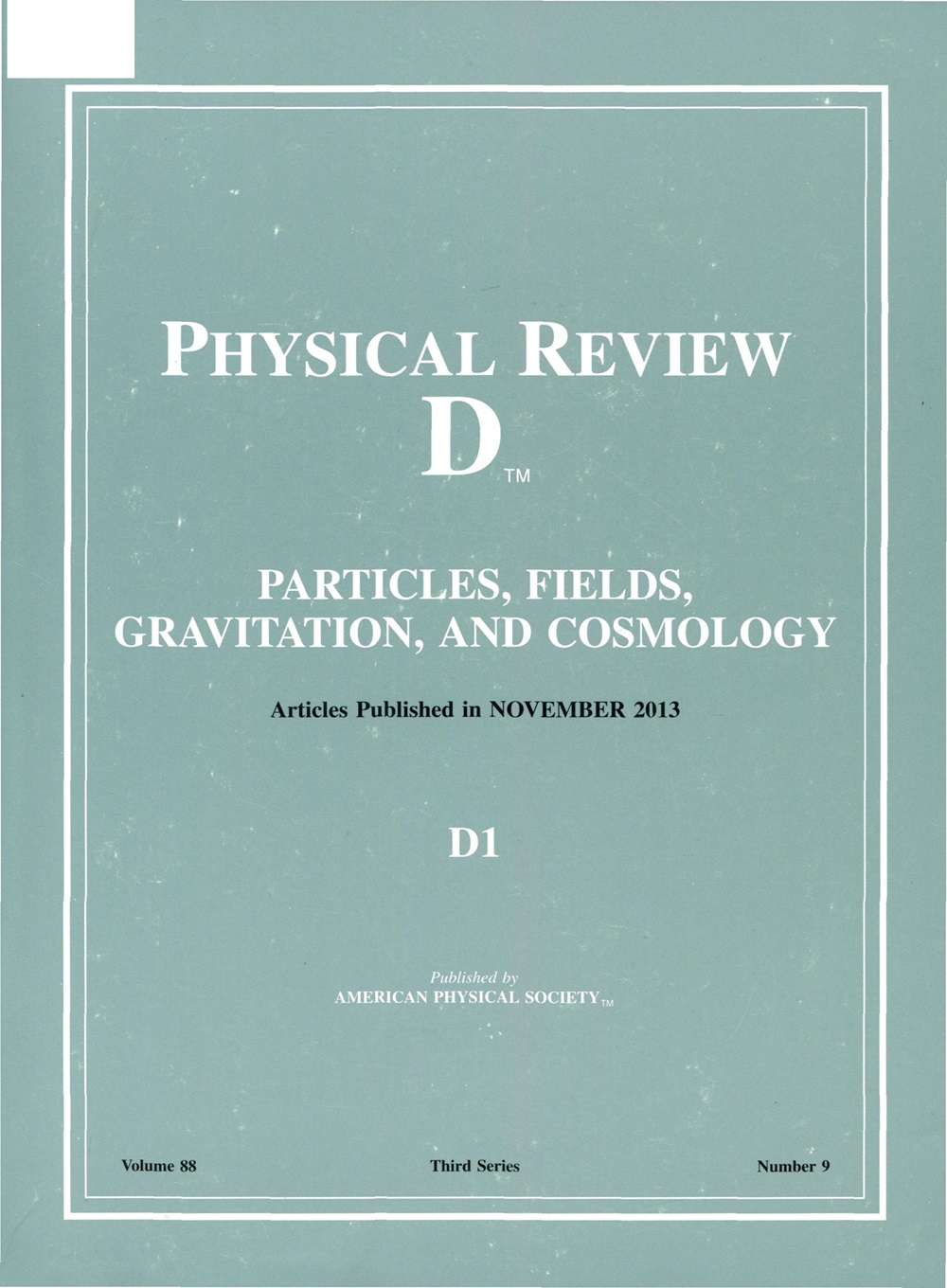Diphoton signals for the Georgi-Machacek scenario at the Large Hadron Collider
IF 5
2区 物理与天体物理
Q1 Physics and Astronomy
引用次数: 0
Abstract
The diphoton channel for exploring the Georgi-Machacek (GM) scenario containing scalar triplets at the Large Hadron Collider (LHC) has been identified as germane and subjected to a detailed study. The scalar spectrum of the model, which imposes a custodial SU(2) on the potential, gets classified into a 5-plet, a 3-plet, and two singlets under the custodial symmetry. While most attempts to probe or constrain the scenario at the LHC depend largely on signals of charged scalars, we point out that the custodial SU(2) singlet state H can have a substantial branching ratio (amounting to a few percent) into two photons. We carry out a detailed simulation of the resulting signal and the standard model backgrounds, obtaining the signal significance in different regions of the parameter space using the profile likelihood ratio method. Substantial regions of the GM parameter space are thus shown to be accessible to LHC studies, both at the high-luminosity run with求助全文
约1分钟内获得全文
求助全文
来源期刊

Physical Review D
物理-天文与天体物理
CiteScore
9.20
自引率
36.00%
发文量
0
审稿时长
2 months
期刊介绍:
Physical Review D (PRD) is a leading journal in elementary particle physics, field theory, gravitation, and cosmology and is one of the top-cited journals in high-energy physics.
PRD covers experimental and theoretical results in all aspects of particle physics, field theory, gravitation and cosmology, including:
Particle physics experiments,
Electroweak interactions,
Strong interactions,
Lattice field theories, lattice QCD,
Beyond the standard model physics,
Phenomenological aspects of field theory, general methods,
Gravity, cosmology, cosmic rays,
Astrophysics and astroparticle physics,
General relativity,
Formal aspects of field theory, field theory in curved space,
String theory, quantum gravity, gauge/gravity duality.
 求助内容:
求助内容: 应助结果提醒方式:
应助结果提醒方式:


